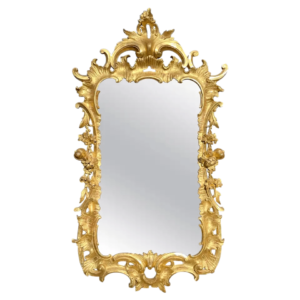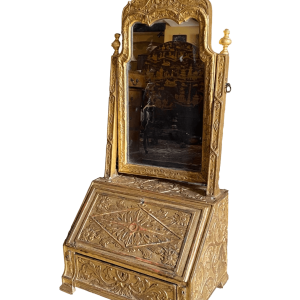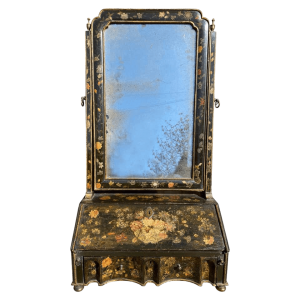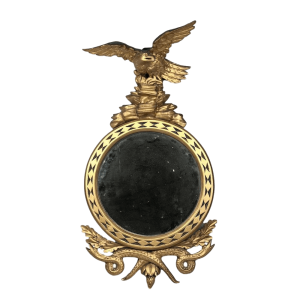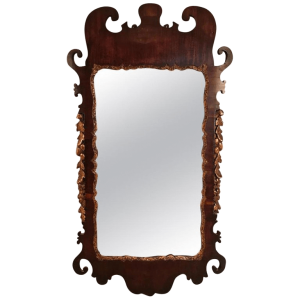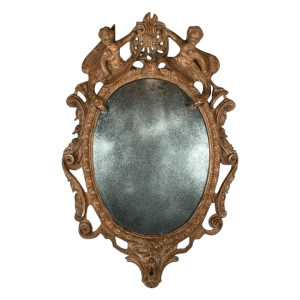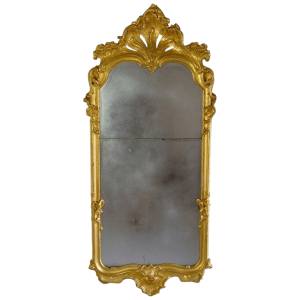Mirrors
17th – 19th centuries
It is tempting to credit Aesop with the discovery of reflected images, however it was the inhabitants of Ancient Turkey who polished metal panels to reflect their images. The earliest man-made mirrors were created from polished stone and from black volcanic glass - obsidian. Some examples of these kinds of mirrors have been found in Turkey dating back 6000 years. The Ancient Egyptians used polished copper to produce mirrors, and often the edges of the mirror would be crudely engraved. The Ancient Mesopotamians also produced polished metal mirrors, and mirrors made from polished stone were known in Central and South America from about 2000 BC. In ancient China mirrors began to be made from metal alloys, a mixture of tin and copper that could be highly polished to make a reflective surface, as well as mirrors made of polished bronze. Metal alloys or precious metals mirrors were very valuable items in ancient times only affordable by the very wealthy. Many of these early mirrors have been excavated from ancient tombs in China. Much superstition accompanies tales of mirrors, even today the primitive tribes of New Guinea fear their souls to be at risk if they submit to looking in a mirror or any reflective surface, or even having their photograph taken. Also in ancient China magic qualities were ascribed to mirrors and reflections. Glass mirrors were first produced during the third century AD, and were quite common in Egypt, Europe and Asia. The invention of glassblowing methods during the 14th century led to the development of convex mirrors, which increased the popularity of glass mirrors... Strategically placed convex glasses have the great advantage of being able to reflect whole interiors, aiding security, and often placed above mantle pieces giving a panoramic view of the entire room. In England, the South London area of Vauxhall housed the earliest and most renowned mirror glass factories (first recorded as early as 1612). A hazardous occupation involving the use of highly toxic mercury. Here they perfected the art of grinding shallow bevelling by hand. At first mirror plates were small - taxed according to size - but as the process developed, larger plates (some divided) became viable. 15th and 16th century Murano glass, also known as Venetian glass, was highly sought after. To get an idea of the fashion and reflected power of mirrors, look no further than the Hall of Mirrors at Versailles.




